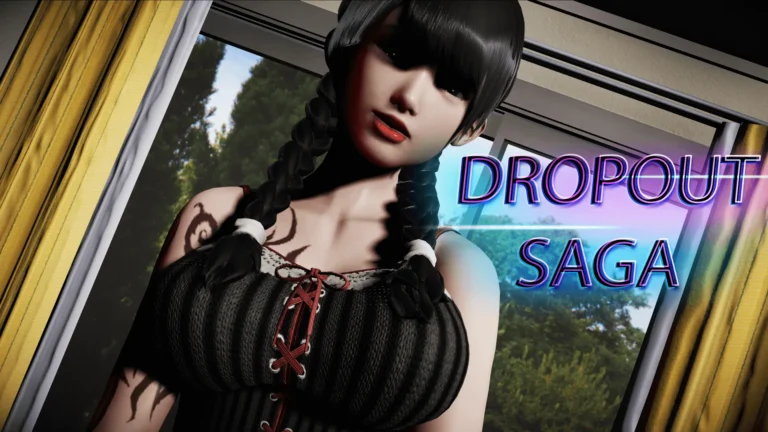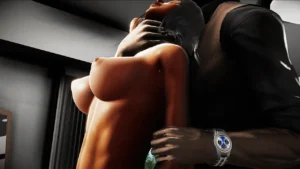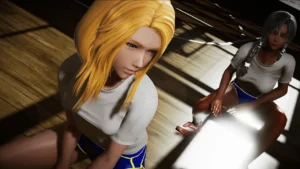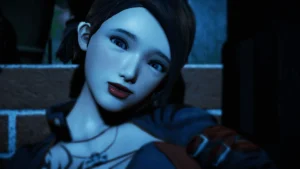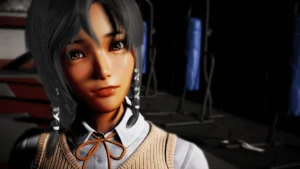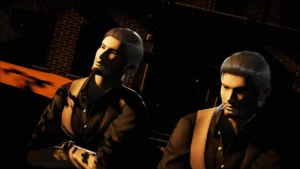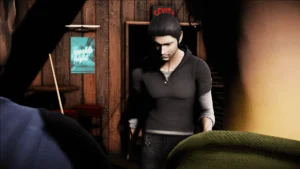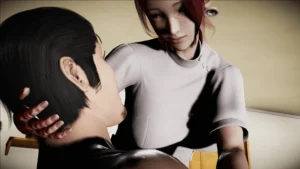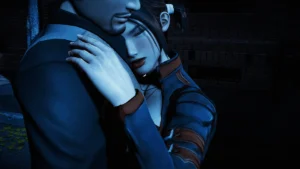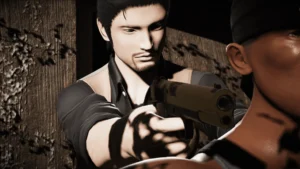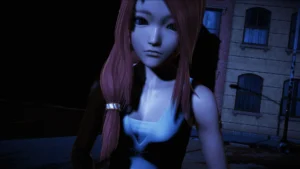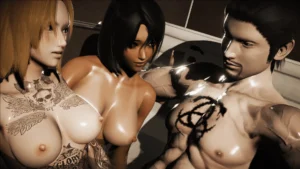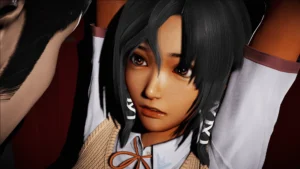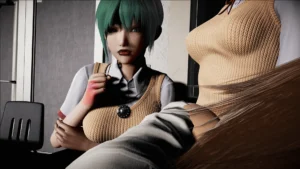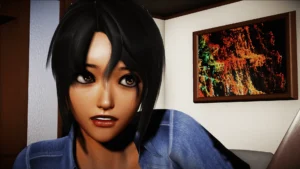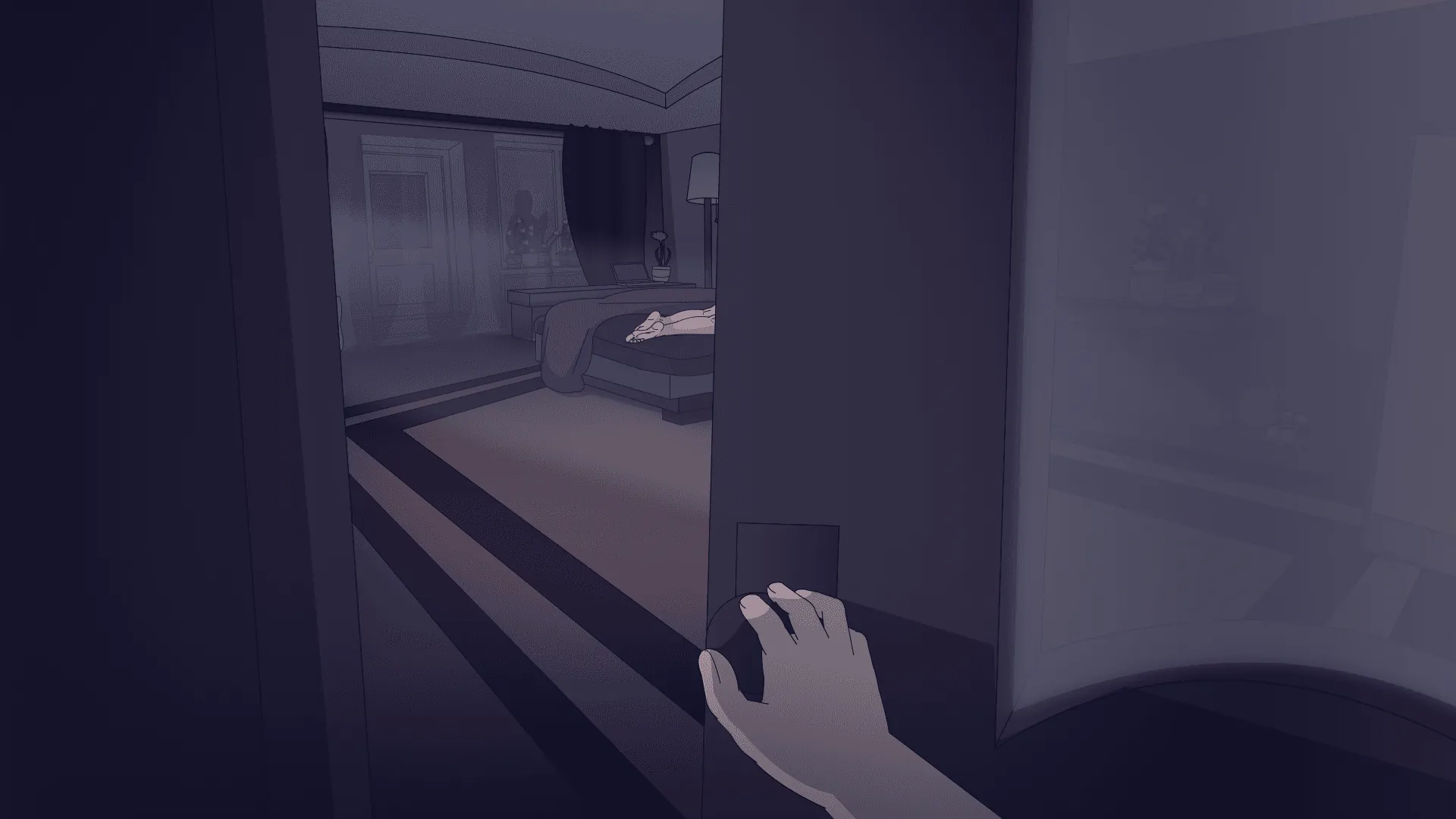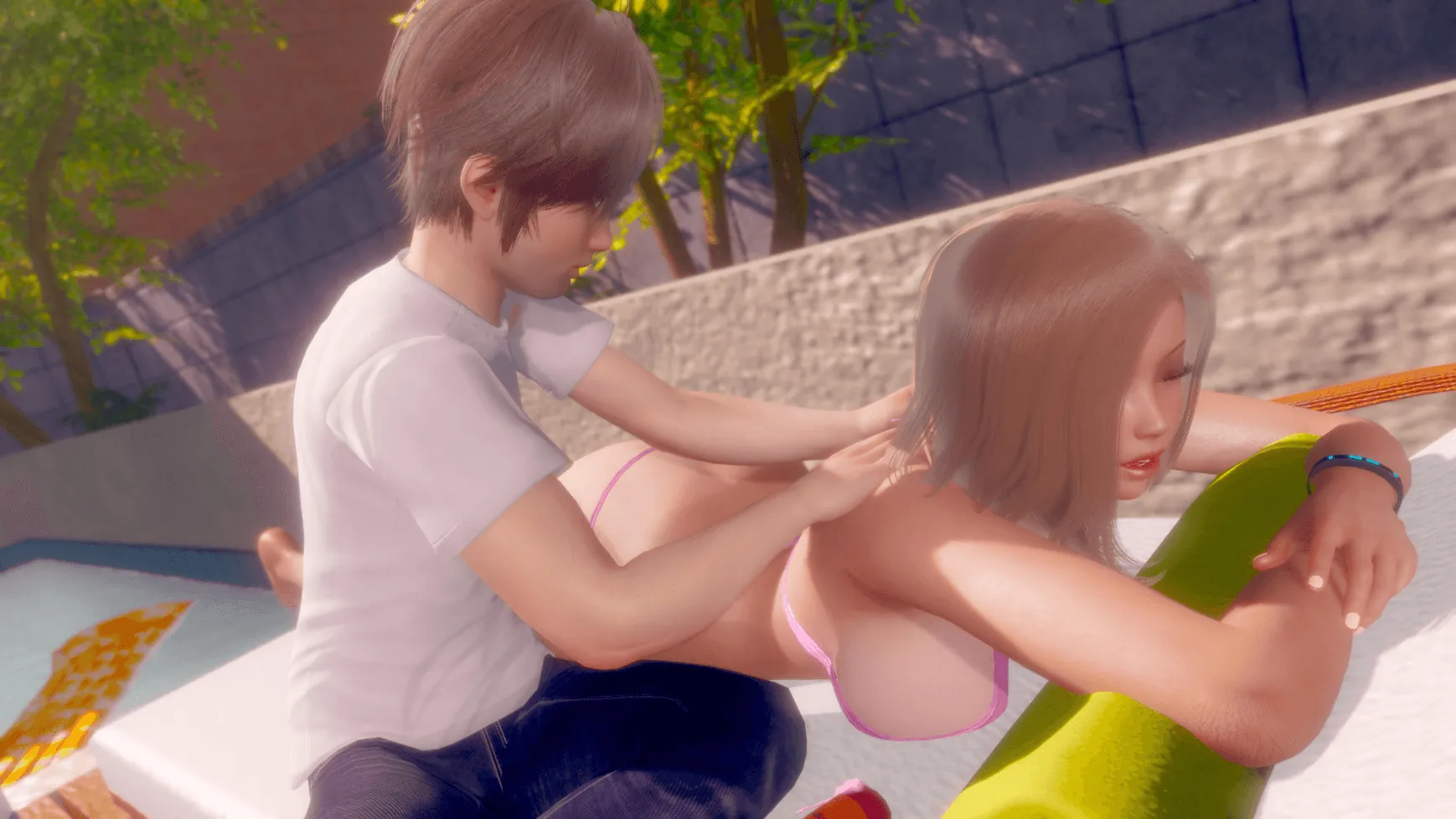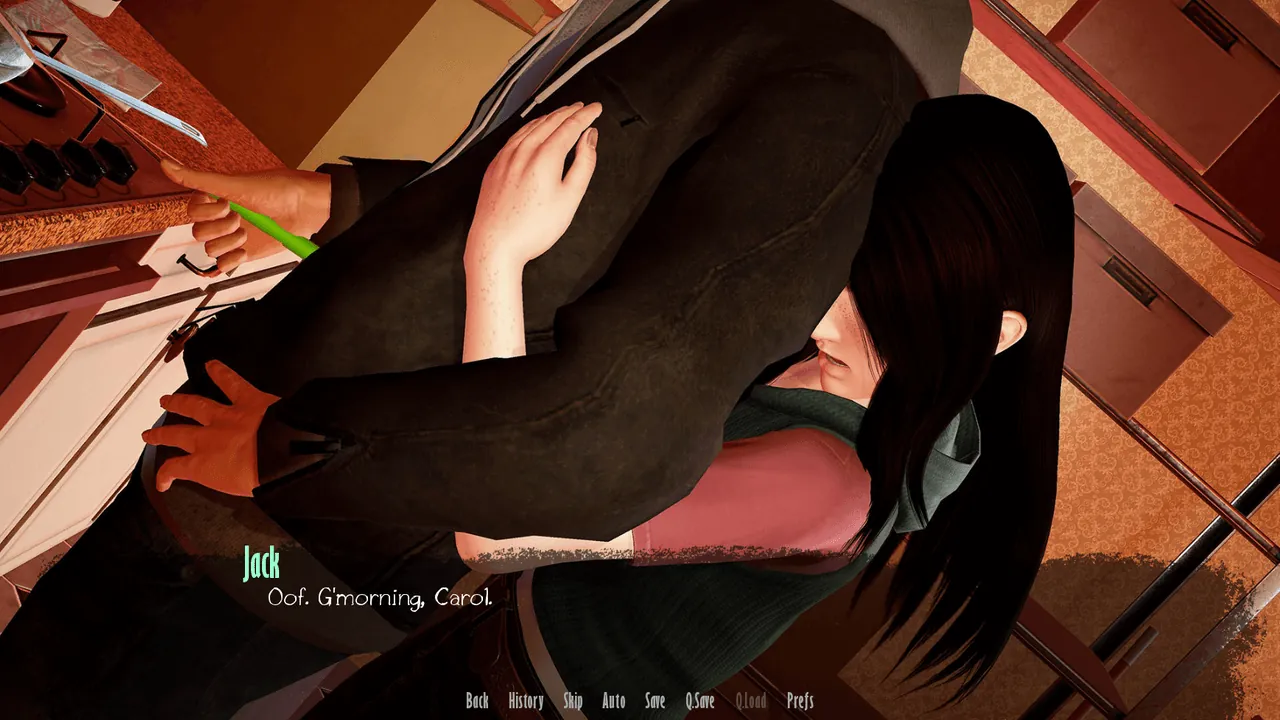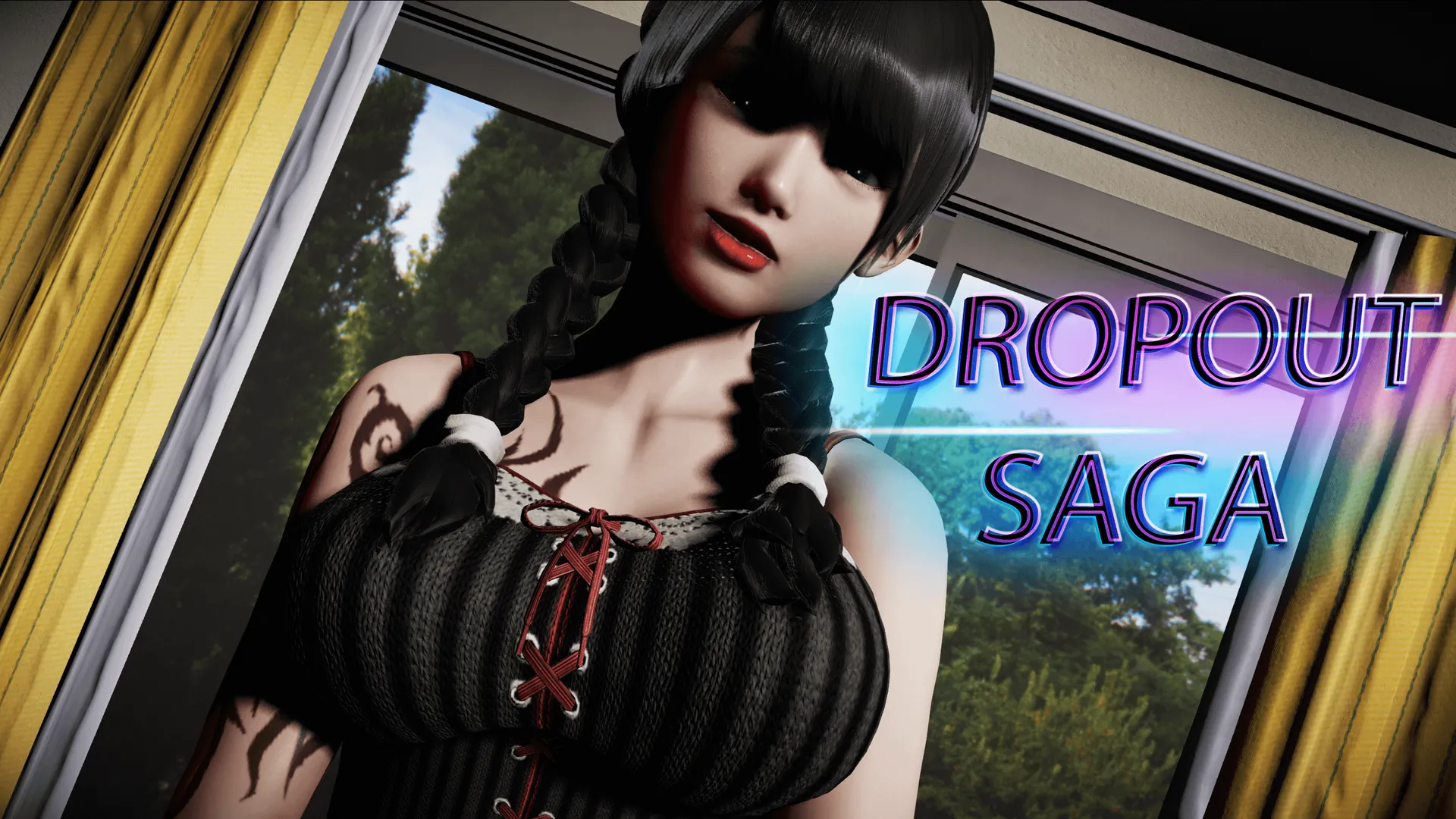
DropOut Saga
Play DropOut Saga
DropOut Saga review
Explore Gameplay, Features, and Tips for DropOut Saga
DropOut Saga is a unique interactive game that blends narrative-driven gameplay with engaging character interactions. This article dives deep into what makes DropOut Saga stand out, covering its core gameplay elements, storyline, and practical tips to help players get the most out of their experience. Whether you’re new to the game or looking to improve your playthrough, this guide offers valuable insights and personal reflections on the game’s design and appeal.
Understanding DropOut Saga: Gameplay and Storyline
Ever found yourself scrolling through endless mobile games, feeling like you’ve seen it all? 🙄 I certainly had. That’s why stumbling upon DropOut Saga felt like a breath of fresh air. It’s not just another time-waster; it’s a deeply personal journey where your choices genuinely matter. If you’re tired of games that play themselves, you’re in the right place. This chapter is your deep dive into what makes this game so special.
Let’s unpack the DropOut Saga gameplay, its gripping DropOut Saga storyline, and everything in between. Trust me, by the end of this, you’ll be ready to start your own saga. ✨
What is DropOut Saga About?
At its heart, DropOut Saga is a narrative-driven experience that pulls you into the shoes of a student navigating the chaotic, hilarious, and often stressful world of academia—and what happens when you decide to step off the beaten path. 🎒➡️🚶♂️
The DropOut Saga plot kicks off with your character arriving at a prestigious but intensely competitive university. The pressure is immense, the coursework is brutal, and the social ladder is a nightmare to climb. The core premise asks: what if you said “enough”? The game explores the consequences and opportunities of that single, rebellious decision. You’re not just failing out; you’re consciously choosing a different path, and the game world reacts to that choice in stunning detail.
I remember my first playthrough. I created a character, Alex, who was a brilliant but burnt-out art student. The initial DropOut Saga storyline sets up this immense pressure to conform and succeed in a traditional sense. The moment I decided to skip a crucial final exam to help a friend start a band was the moment everything changed. The game didn’t just give me a “Game Over” screen. Instead, it opened up a whole new branch of the story, introducing me to a underground community of artists and free-thinkers I never knew existed. That’s the magic of this game’s narrative.
Core Gameplay Mechanics
The DropOut Saga gameplay is a masterful blend of visual novel storytelling and strategic resource management. You won’t be swiping frantically or tapping to attack; the real action happens in your choices. The interactive game mechanics are built around a system of time management, relationship building, and skill development.
Your weekly schedule is your command center. ⏰ You have a limited number of action points to spend on activities like:
* Working a part-time job to earn cash 💵
* Studying to keep up a facade (or not!)
* Hanging out with friends to build your social circle 👥
* Practicing skills like music, writing, or art 🎨
Every action has a ripple effect. Choosing to work at the campus cafe might earn you money to buy better equipment but could cost you valuable social points with a friend who needed your help. This is where the player decisions impact the game most profoundly. It’s a constant, engaging juggling act.
The dialogue system is where the game narrative choices truly shine. Conversations aren’t just about picking the “nice” or “mean” option. You often have to choose between being pragmatic, emotional, rebellious, or diplomatic. I once had to choose between ratting out a rival to a professor (securing an advantage for myself) or keeping quiet and earning their grudging respect. I chose the latter, and that rival eventually became my most loyal business partner in the game’s later chapters. You never know how a small choice will echo later!
To help you visualize how these mechanics weave together, here’s a breakdown of how your actions directly steer your story:
| Gameplay Feature | What You Do | Impact on Story Progression |
|---|---|---|
| Time Management | Allocate action points to different activities each week. | Determines which skills you excel at, which characters you befriend, and which story opportunities unlock. |
| Dialogue Choices | Select responses in conversations from a list of options. | Directly alters character relationships, opens up (or closes off) romance options, and can change a character’s entire arc. |
| Skill Development | Repeatedly perform actions to level up skills like Creativity, Logic, or Charisma. | Unlocks new dialogue options and solutions to problems. A high Creativity skill might let you solve a problem with a painting instead of a fight. |
| Relationship Building | Spend time with other characters and choose gifts or actions they appreciate. | Creates a support network. Characters with high friendship levels will help you in times of need, offering resources or crucial story information. |
Character Development and Story Progression
This is where DropOut Saga separates itself from the pack. Your character isn’t a static hero; they are a direct reflection of your choices. The character development in DropOut Saga is organic and deeply satisfying. You aren’t just selecting perks from a menu; you are literally building a personality through your actions.
If you spend all your time coding in the computer lab, your character will become more logical and analytical, unlocking tech-related story paths. If you pour your energy into the local music scene, your character will become more charismatic and rebellious, leading to a different set of challenges and allies. I focused on building my character’s writing skill, and by the mid-game, I was able to start a popular blog that became a major plot point, exposing corruption at the university.
The DropOut Saga plot is not a single, rigid line. It’s a sprawling web of possibilities. The player decisions impact the narrative so significantly that it encourages multiple playthroughs. On my second run, I decided to play a character who embraced the “dropout” life not for creative pursuits but to pursue wealth through shady business deals. The story became a tense thriller about rival startups and corporate espionage—a completely different experience from my first artistic playthrough!
The supporting cast is equally dynamic. Characters remember your interactions and hold grudges or form bonds based on your behavior. Your choices can lead them to success, tragedy, or redemption. I accidentally caused a side character to flunk out because I was too busy with my own projects to help them study. Seeing them working a dead-end job later in the game was a gut punch I wasn’t expecting, and it made me so much more invested in getting things “right” the next time.
The beauty of the DropOut Saga storyline is that it makes you feel powerful and vulnerable at the same time. Your choices carry weight, and there is no single “right” way to play. You get to define what success and happiness mean for your character. Whether you build a multimillion-dollar app, become a celebrated artist, or simply find a tight-knit group of friends to share your life with, the journey is uniquely yours. And that, ultimately, is the most rewarding feature of all. 🏆
DropOut Saga offers a compelling blend of narrative depth and interactive gameplay that invites players to immerse themselves in its world and characters. Understanding the core mechanics and storyline enhances the overall experience, making each playthrough unique. Whether you’re exploring the story for the first time or revisiting it with new strategies, DropOut Saga provides engaging content that rewards thoughtful decision-making. Dive in and discover your own path through this captivating game.
